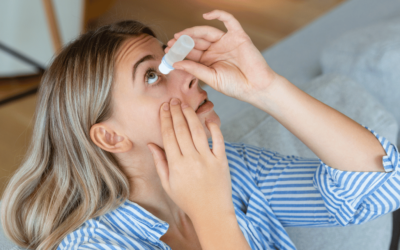Glaucoma is a common yet serious eye disease that can cause blindness. While there is no cure, early detection and treatment can help slow or prevent vision loss. That’s why it’s essential to be aware of the risk factors, signs, types of glaucoma, treatments, and when you should see an eye doctor. Keep reading to learn more.
Who is at risk for glaucoma?
Anyone can get glaucoma, but some people are more susceptible than others. People who are over age 60, have a family history of glaucoma, are of African American or Hispanic descent, have diabetes, take certain medications such as steroids, and/or have high eye pressure may be at higher risk for developing the condition.
It’s important to talk to your eye doctor if you think you might be at risk for glaucoma. They can monitor your eye health closely and discuss possible treatments with you if needed.
What are the signs of glaucoma?
Common signs of glaucoma include tunnel vision, blurred vision, seeing halos around lights, eye redness or pain, and headaches near the temple area. However, most people with glaucoma don’t notice any symptoms until the disease has progressed to its later stages. That is why regular comprehensive eye exams are critical to detecting any changes in your eyes before irreversible damage occurs.
Types of glaucoma
There are two main types of glaucoma: open-angle and angle-closure. Open-angle glaucoma is more common; it occurs when drainage channels in the front part of the eye become partially blocked. Angle-closure glaucoma develops when these channels become completely blocked off due to a change in the shape of the iris (the colored part of the eye). This type often causes a sudden onset of symptoms like pain and blurred vision due to a fluid buildup in the eye that increases pressure inside it quickly.
Treatments for glaucoma
The primary goal of treating glaucoma is to reduce intraocular pressure (IOP) by either reducing fluid production or increasing the flow of fluid from your eyes. Reducing IOP levels prevents further damage to the optic nerve fibers, which carry visual messages to the brain to help you see.
Treatments for glaucoma include prescription medications (eye drops), laser surgery (selective laser trabeculoplasty or SLT), and traditional surgery methods such as trabeculectomy. Your doctor will determine which treatment option is best for you based on your individual case and needs.
Early detection and treatment play an important role in slowing or preventing vision loss associated with glaucoma. Make sure you schedule an appointment with our optometrists today if you’re worried about your risk level or are looking for some peace of mind!



